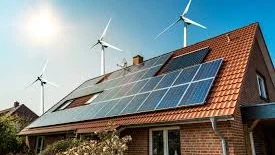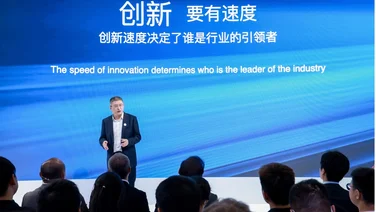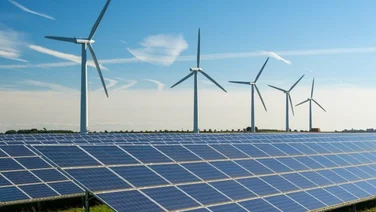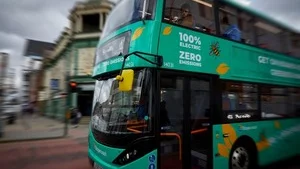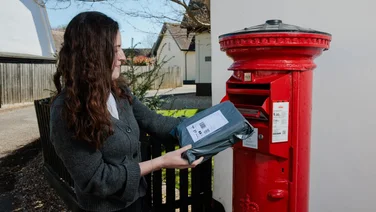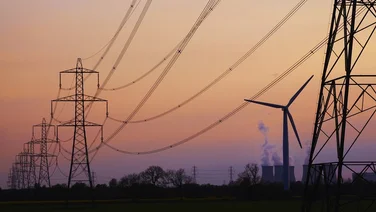- The HiEnergy-S system from Midea Hiconics can take up to 3.75kW of PV generation
- The system is designed for reliability and efficiency
- There are three products in the series

Midea Hiconics, a solar storage and inverters company which is part of Chinese electrical appliance manufacturer Midea Group, has launched a new series of all-in-one, single-phase residential energy storage systems.
The HiEnergy-S system can take up to 3.75kW of PV generation, can deliver up to 6kW AC output peak, and can store up to 30.6kWh of energy.
The company says the system is designed for reliability and efficiency, ensuring seamless operation under diverse conditions, while reducing dependence on conventional power grids.
It also has a user-friendly interface and remote monitoring capabilities to provide homeowners with real-time insights into energy usage and system performance.
There are three products within the series, with different outputs: 3,800W, 5,000W or 6,000W.
They can all take up to 3,750W from the PV input and include two maximum power point tracks, each with one string of MPP trackers.
The smallest system measures 800mm x 840mm x 160mm and weighs 124kg, whereas the largest is 1,600mm x 1,050mm x 160mm in size.
Up to six battery modules can be connected to each inverter with a capacity of 5.1kWh per battery, and two and three batteries can be connected in one series. Four and six batteries are to be connected in parallel in two series.
Why install a solar battery?
If you’re looking to store excess energy generated by your solar panels or have a backup power source during blackouts, installing a solar battery can be a smart investment.
A solar PV system with a storage battery can cut your annual electricity bill by hundreds of pounds more than solar panels alone.
What’s more, if you have a large enough storage battery, coupled with a home EV charger, you can even run your electric car using the clean energy produced by your solar panels.
How are solar batteries installed?
There are five stages to solar battery installation:
- Assessment and planning
- Battery selection
- Setting up your solar panel system
- Battery installation and configuration
- Monitoring and maintenance
Before you begin your solar battery installation, make sure you know how much backup energy you’ll need. This means getting a clear understanding of your household electricity consumption habits, which you can get from meter readings and appliance power ratings.
From here, you can make informed decisions about the best set-up and solar battery size for you. You can then choose your solar battery type, such as the Midea Hiconics range. We also recommend using a local installer and speaking directly about the process.
However, for a general idea, check out our full guide on solar battery installation.
What size solar battery do you need?
Battery sizes are measured by their capacity to store electricity, but it’s important to consider usable capacity rather than just what the total capacity is.
This is because using a solar battery’s entire capacity can damage it. The usable capacity is called depth of discharge and most modern batteries have between 90% and 95%.
Most storage battery capacities range from 1-13kWh and you’ll typically spend more for larger capacity.
The size of the solar battery you need will depend on the size of your home and how many bedrooms you have.
To work out what size you need, start by calculating your electricity usage. Look at either your smart meter or monthly energy bill. Then, divide by 30 to get a rough estimate of your daily usage, and you’ll be able to work out what size battery is best for you.
For more information, our guide on what size solar battery do I need will help.
What are some of the top brands?
The Midea Hiconics is new to the market, but it’s always worth comparing other brands and products already available.
We analysed 27 market-leading batteries, comparing them against key factors, such as capacity, warranty and value for money. We then narrowed this down to our top seven solar batteries.
The top solar batteries included:
- Tesla Powerwall 2
- Alpha Smile5 ESS 10.1
- Moixa Smart Battery
- Emphase IQ Battery 5P
- Huawei Luna 2000-10
- Puredrive PureStorage II
- Powervault P4
Our full analysis splits each company in what it is ‘best for’, from value for money and the best warranty.

